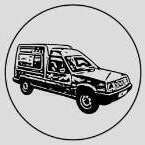-
Similar Content
-
- 910 replies
- 67,817 views
-
- 228 replies
- 21,462 views
-
Updated adventures of the triumph toledon't
By MrsJuular,
- 18 replies
- 1,345 views
-
Rover 800s - Fleet update 1 2 3
By Austin-Rover,
- 77 replies
- 11,780 views
-
Long overdue Renault fleet update 1 2
By Renault18,
- 46 replies
- 4,351 views
-







Recommended Posts
Create an account or sign in to comment
You need to be a member in order to leave a comment
Create an account
Sign up for a new account in our community. It's easy!
Register a new accountSign in
Already have an account? Sign in here.
Sign In Now